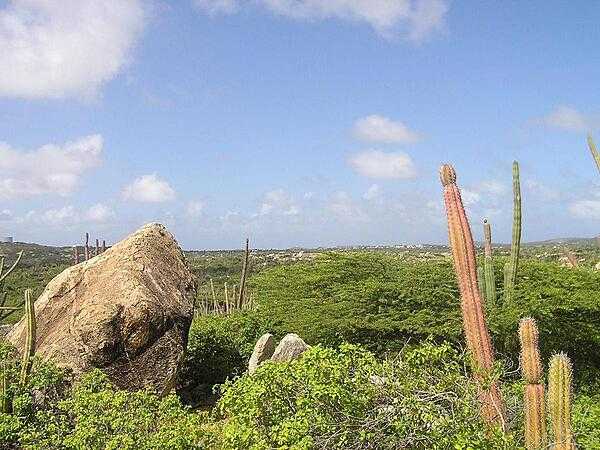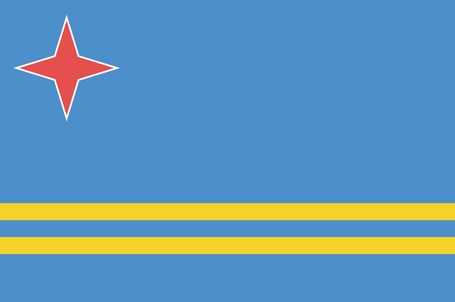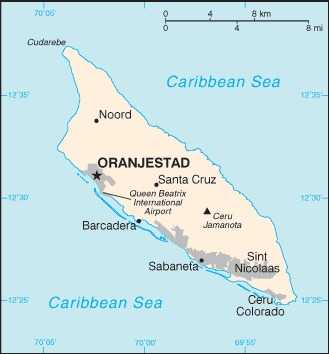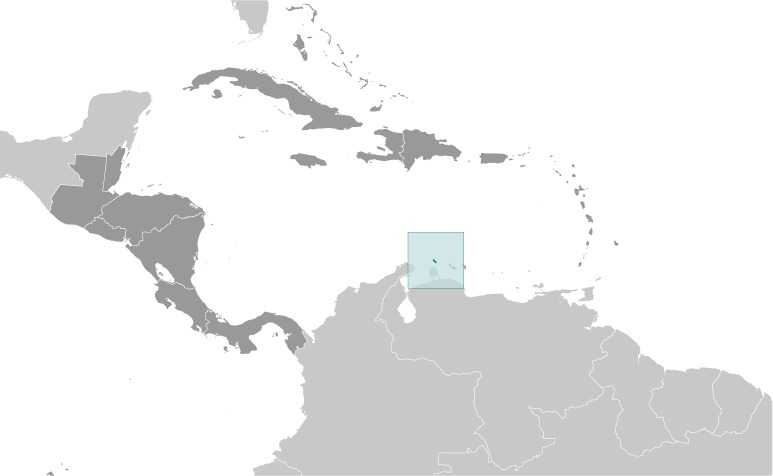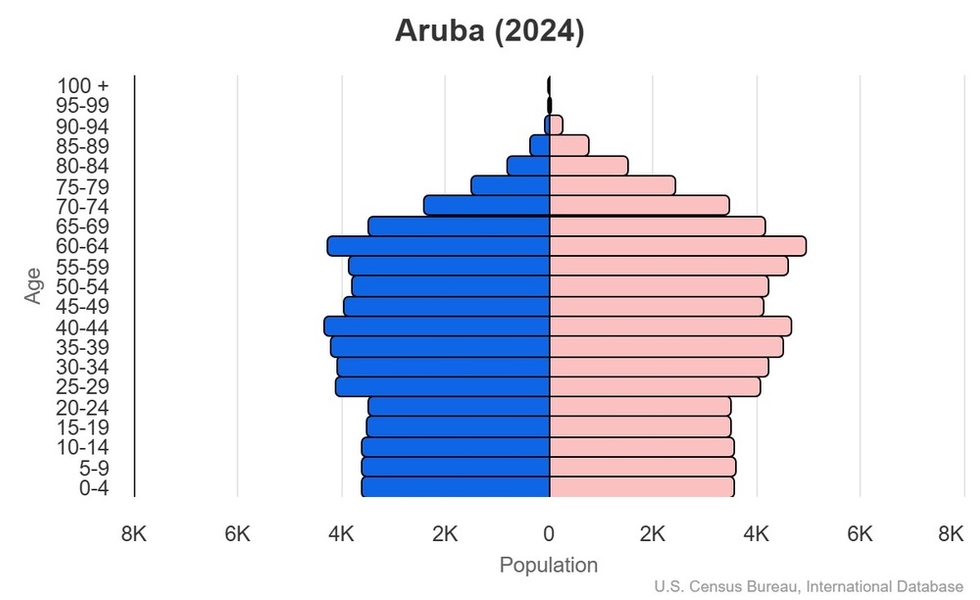Introduction
Visit the Definitions and Notes page to view a description of each topic.
Geography
People and Society
Population
comparison rankings: total 188; male 188; female 188
Median age
comparison ranking: total 56
Population growth rate
comparison ranking: 87
Birth rate
comparison ranking: 156
Death rate
comparison ranking: 68
Net migration rate
comparison ranking: 11
Infant mortality rate
comparison ranking: total 117
Life expectancy at birth
comparison ranking: total population 78
Total fertility rate
comparison ranking: 137
Education expenditure
comparison ranking: Education expenditure (% GDP) 125
Environment
Carbon dioxide emissions
comparison ranking: total emissions 170
Government
Economy
Real GDP (purchasing power parity)
comparison ranking: 187
Real GDP growth rate
comparison ranking: 63
Real GDP per capita
comparison ranking: 59
Inflation rate (consumer prices)
comparison ranking: 130
GDP - composition, by sector of origin
comparison rankings: agriculture 203; industry 179; services 13
Current account balance
comparison ranking: 70
Reserves of foreign exchange and gold
comparison ranking: 135
Energy
Electricity
comparison rankings: installed generating capacity 164; consumption 165; transmission/distribution losses 58
Energy consumption per capita
comparison ranking: 24
Communications
Telephones - fixed lines
comparison ranking: total subscriptions 164
Telephones - mobile cellular
comparison ranking: total subscriptions 188
Broadband - fixed subscriptions
comparison ranking: total 172
Transportation
Merchant marine
comparison ranking: total 182
